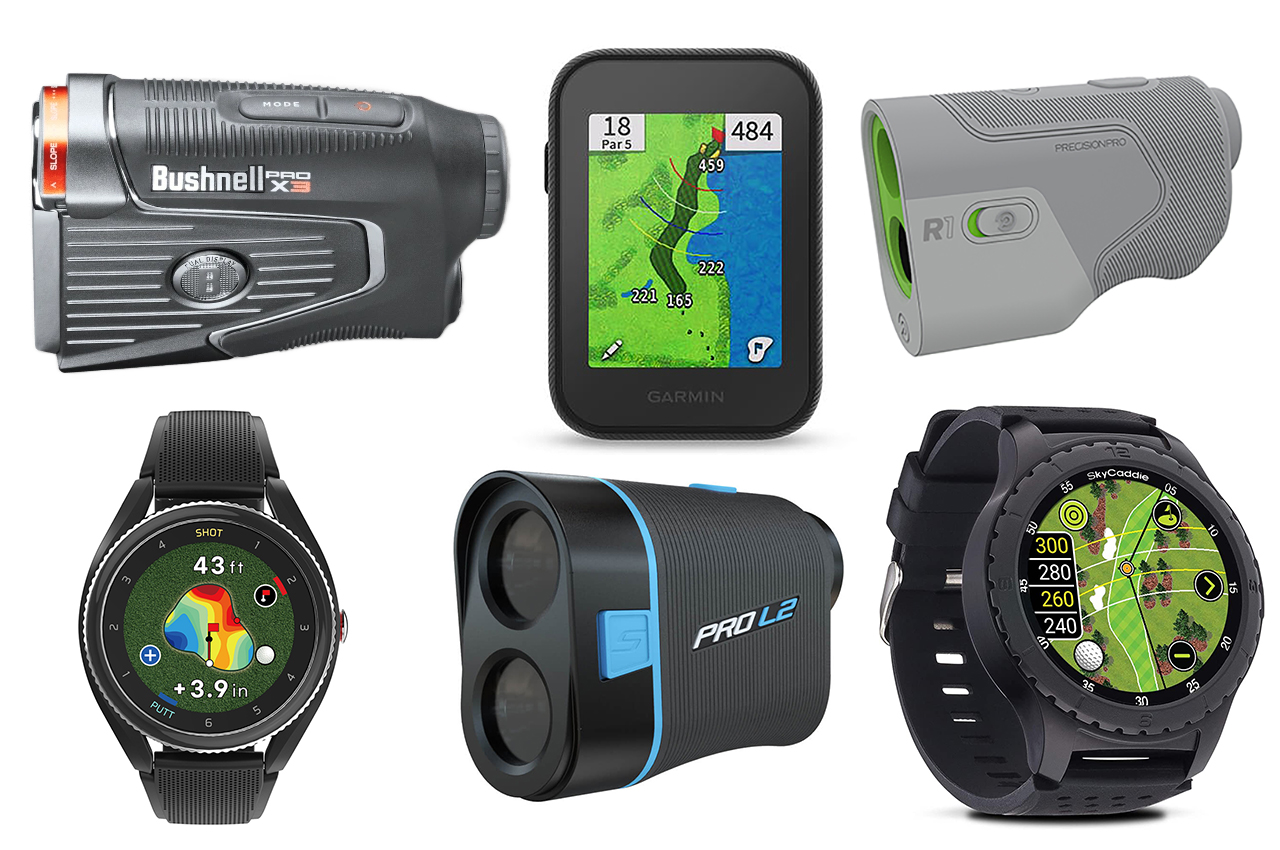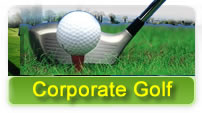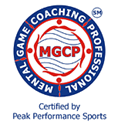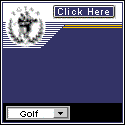As with every other sport, golf is filled with debates. Who is the greatest of all time, Tiger Woods or Jack Nicklaus? Which would you rather play, Pebble Beach or Bandon Dunes? Which would you rather win, the Masters or the U.S. Open?
Another that many golfers struggle with is a more practical question: Which should you buy, a laser rangefinder or a golf GPS device?
Many players who started playing golf over the past three seasons have discovered how fun the game can be, and they are now deciding to start investing in equipment instead of relying on borrowed gear or the used equipment they picked up. That not only means clubs and balls but accessories that can help lower scores, such as a distance-measuring device.
Choosing between a laser rangefinder or a GPS device can be tricky, because both distance-measuring devices have benefits and drawbacks. Before you reach for your credit card, discover how each type of distance-measuring device works and think about a few frequent situations that can help make an intelligent purchase.
Laser rangefinders: How do they work, and what are the pros and cons?
Laser rangefinders all work using the same basic principles. When a player presses the button on the unit, it sends out a beam of light that hits an object and reflects back. The device can measure the time it takes the light to bounce back, and because the speed of light is constant (at least as far as the practical use of rangefinders goes), the device can calculate precisely how far the object is from the rangefinder.
What separates one laser rangefinder from another is the speed at which a unit can do the calculations (all are reasonably quick), the clarity of images seen in the viewfinder, the level of magnification in the viewfinder and extra features such as water resistance.
Often referred to as a “slope” feature, many laser rangefinders can measure whether a target is uphill or downhill, then factor in the distance and the angle to create a playing distance that can be longer or shorter than the actual straight-line distance. Using features such as this is legal for recreational golfers, but in tournament play these features are rarely allowed. Laser rangefinders with a slope feature allow golfers to disable the feature for tournament play, often by simply sliding a button.
Most laser rangefinders are accurate within a foot or two from as far away as several hundred yards, so they are almost always the go-to distance-measuring device for elite golfers and caddies. They also typically come with a protective carrying case that can snap onto a golf bag, and many have a magnet on one side that allows players to attach them safely to a golf cart’s roof supports for easy access – make sure not to forget the unit on a cart at the end of a round, an all-too-common occurrence. A few laser rangefinders even have Bluetooth technology and can tether to a smartphone to obtain weather and atmospheric conditions to make the plays-like distances even more accurate.
All of that is great, but there are two downsides to laser rangefinders to keep in mind.
First, you need a direct line of sight to your target. It sounds obvious – and on the tee box of a par 3 or in the fairway it’s rarely a problem – but if you are off the fairway and can’t see the flag or trees obstruct your view, a laser can’t help you.
Second, obtaining accurate distance readings to bunkers, hazards and other features on the course using a laser can be challenging. Yes, you can zap the lip of a bunker or a creek, but to discover how far away a hazard is and what distance you need to hit to clear it, you will need to get several numbers, and that’s not always possible.
These shortcomings are minimal for pros and accomplished players who use yardage books in tournaments and often scribble laser rangefinder notes in those yardage books. They want to-the-flag accuracy above everything else, and lasers can provide that.
Golf GPS devices: How do they work, and what are the pros and cons?
Golf GPS devices come as a wearable, such as a watch, or handheld units that resemble smartphones. They work by linking with satellites that circle the earth, and after connecting with several satellites at once, GPS devices use internal software to determine what course you are playing and where you are located on that course. Map software can determine how far you are from other areas on the course such as bunkers, water features and different portions of the green.
The most basic GPS devices display the yardage to the front, middle and back of a green from where you are standing, but colorful touch screens and sophisticated software designed into some units allow them to do much more. They can display the distance to a bunker and the yardage required to clear it. They allow you to touch the screen to determine the yardage to a layup spot on par 4s and par 5s, and some let you adjust the hole location on the screen for better accuracy.
For inexperienced golfers, information such as this can be very reassuring and help simplify club selection. Plus, if you are a player who struggles to break 90 or 100, knowing the distance to the front, middle and back of the green is more valuable than knowing the precise distance to the flag, which frequently shouldn’t be your target.
However, that’s the shortcoming of GPS devices. They can’t tell you exactly where the hole is located. For many better players, that’s a deal breaker.
So which should you play?
Understanding the strengths and shortcomings of laser rangefinders and golf GPS devices, and how they relate to your game, can simplify figuring out the ideal device.
If you are an accomplished golfer and typically play the same courses, a laser rangefinder will probably be a good choice because you will value precise numbers on approach shots. And even if you hit a tee shot into the woods, if you are familiar with the course you’re playing, you should be able to judge recovery shots and layup areas when necessary. The most important thing for you is knowing exactly how far the flag is from your position on par 3s and from the fairway, and a laser does that well.
If you play a wide variety of courses, want to know how far away bunkers and hazards are from the tee and don’t want to do a lot of math to figure out the ideal layup shot, then a watch-style or handheld GPS can deliver what you are looking for.
Here are several models you might want to consider:








